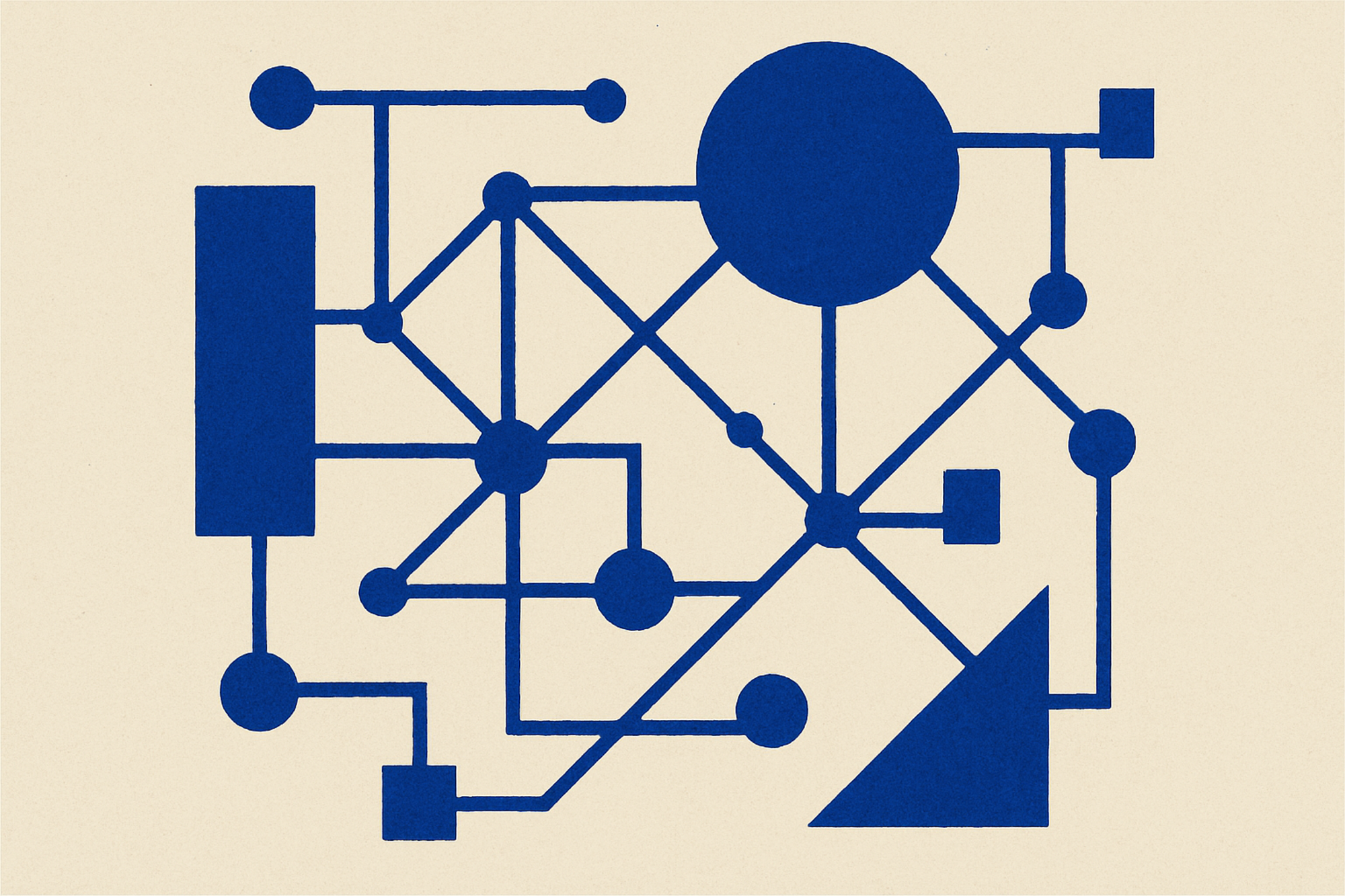AI's Double Helix: Infrastructure, Intrigue, and a World in the Loop

AI’s global engine is truly revving, if this week’s batch of news is any indication. From multinational institutional partnerships and billion-euro infrastructure investments to AI wielding a brush in the messy world of education and the dark alleys of deepfakes, the latest updates sketch a landscape both thrilling and uneasy. Underpinning it all? The steady march of new agent capabilities—navigating UIs, simulating real-world environments, and tailoring learning as never before. But as AI rides shotgun in everything from classrooms to scammer toolkits, we’re forced to ask: Is the world ready to keep up?
Academic Alliances: AI’s Cross-Border Think Tanks
MIT and MBZUAI’s collaboration (MIT News, 2025) is an emblematic gesture, uniting East and West academia to address AI challenges across scientific discovery, sustainability, and human flourishing. While the PR language leans heavily on “responsible” and “inclusive,” the real story is in the structure: faculty-led, open publishing, and multi-institutional steering. It’s the kind of slow, consensus-driven progress that—despite corporate bluster—often lays the groundwork for the breakthroughs that actually stick.
Anthropic’s expansion to India complements this, but with tech-world flair (AI2People, 2025). Their move is calculated: integrating Indian linguistic and engineering talent directly into Claude’s DNA, while OpenAI, Google, and indigenous players swirl in the race to dominate the subcontinent’s AI scene. It’s a reminder that, for global AI, “collaboration” and “competition” are increasingly indistinguishable, and the real prize is cultural localization—AI that speaks, quite literally, with a local accent.
Infrastructure Overload: $5 Billion and the Cloud Above
Google’s fresh €5 billion pledge to expand Belgian AI infrastructure (Google Blog) has two faces. Ostensibly, it’s about jobs, green energy, and economic leadership. But the real meat is in capacity: bigger and smarter data centers to house a new era of models and—don’t miss this—free AI skills training for workers. Google clearly wants to ensure the “AI future” isn’t just driven by code, but by public support and workforce buy-in. The shadow side? Private ownership of critical national infrastructure isn’t especially democratic, even when dressed in green credentials and skill-building outreach.
Agents Unleashed: From UI Wizards to Robot Trainers
This month’s flagship technical release is Google DeepMind’s Gemini 2.5 Computer Use model (DeepMind, 2025). Agents that can actually operate browser UIs—not just via structured APIs—are a watershed for automation. Gemini’s computer-use toolkit is already being used for personal assistants, workflow automation, and even as a safety net for UI-based test failures at Google itself. If you’ve harbored dreams (or nightmares) of truly hands-off administrative processes, those days are nigh.
Meanwhile, in the thick of practical AI research, MIT’s “steerable scene generation” is transforming how robots are virtually trained (MIT News, 2025). The ability to conjure realistic, physically constrained 3D environments—a digital kitchen where forks don’t phase through plates—enables robots to learn household skills at scale. With generative models now “thinking” in 3D, the jump from simulation to reality (and from lab curiosity to commercial product) narrows.
Knowledge Partners, Study Helpers… and Gimmicks?
The education sector is awash with AI this month. Google’s NotebookLM and Gemini integrations boast study aids that automatically create quizzes, flashcards, and tailor feedback (Google Blog). ChatGPT’s new Study Mode (KDnuggets) is similarly pitched as a digital learning partner. Critiques are spot-on: for motivated, curious learners it’s a revelation; for the uncritical, it risks becoming just another techy crutch. The “hidden gem or gimmick” dichotomy is apt—in the end, it’s the pedagogy and intention, not the AI itself, that will determine the revolution’s depth.
Deepfake Dilemmas: The Hazards of Ubiquitous Sora
No AI roundup would be complete without a dark lining: OpenAI’s Sora app is already making deepfakes easier and more convincing—and apparently, watermark removal is now a feature, not a bug (AI2People, 2025). The rise of “digital trust collapse” is as much a sociopolitical risk as a technical stumbling block. While companies tout new safety guardrails and user controls, critics remain skeptical: the battle between credible content and manipulation is now a permanent fixture in the AI age. The future? Expect harder lines, sharper skepticism, and—for better or worse—a world where no video goes unchallenged.
Conclusion: The World Rushes In, the Guardrails Creak
This month’s AI news isn’t just about eye-popping investments or cool new features. It’s about old problems haunting new technology: governance, digital sovereignty, the line between tool and weapon, and who really gets to benefit from the “AI future.” Institutions partner across borders, industry titans abseil into new markets, and engineers give robots digital kitchens—meanwhile, AI-powered scams and algorithmic tutors grow more sophisticated by the week. If progress is relentless, so is the need for scrutiny, public literacy, and—dare I say it—a democratic approach to the technology shaping our lives.
References
- MIT Schwarzman College of Computing and MBZUAI launch international collaboration to shape the future of AI
- Google is powering Belgium's digital future with a two-year €5 billion investment in AI infrastructure
- Claude Invades the Silicon Garden: Anthropic Plants Its Flag in India for 2026
- Using generative AI to diversify virtual training grounds for robots
- Google AI announcements from September
- When Deepfakes Go Mainstream: OpenAI’s Sora App Becomes a Scammer Playground
- Introducing the Gemini 2.5 Computer Use model
- Is ChatGPT Study Mode a Hidden Gem or a Gimmick?
